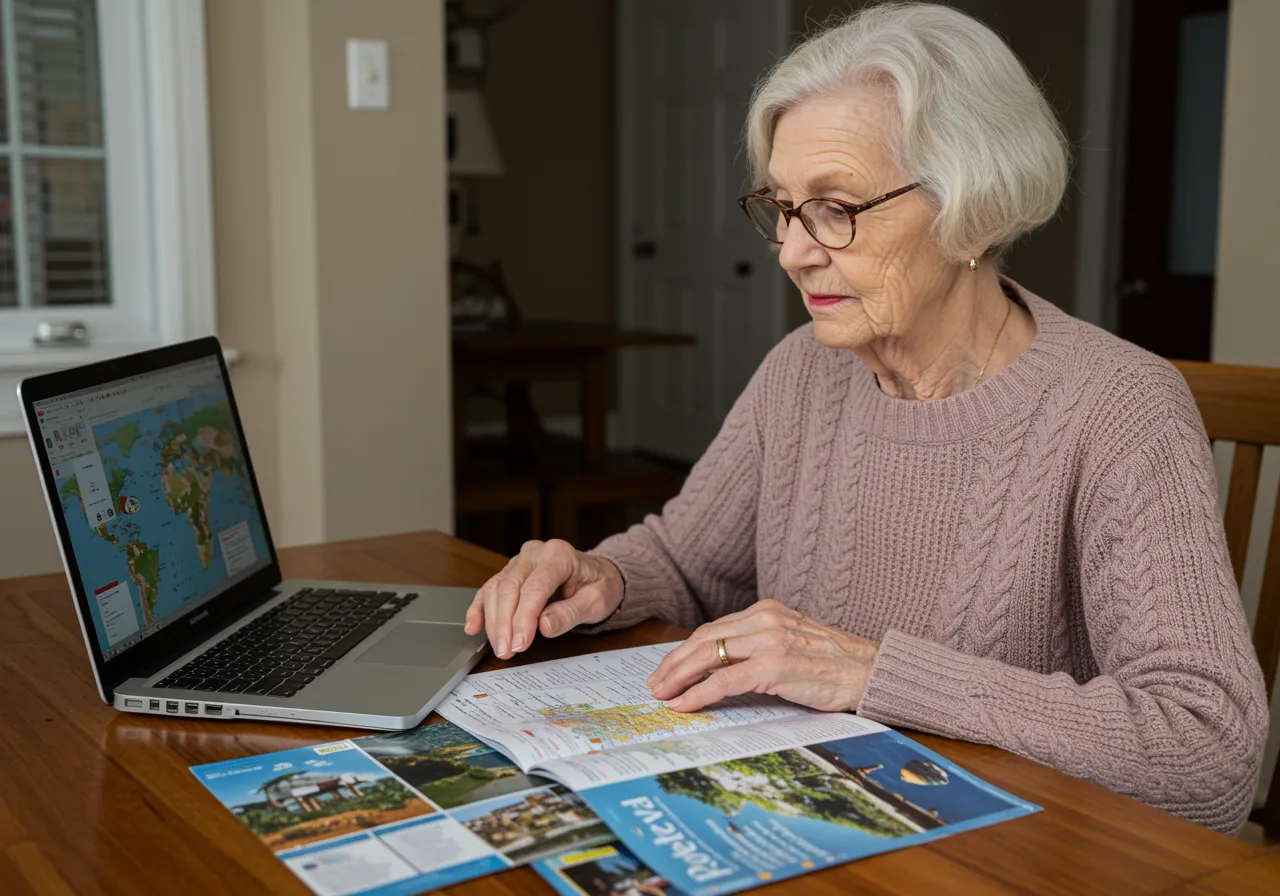
Your Next Steps: A Checklist for a Smooth Transition
Navigating the return of an adult child can feel overwhelming. The key is to break it down into manageable steps. This checklist summarizes the core actions you can take to create a positive and structured environment that works for everyone. Use this as your roadmap to guide you from the initial conversation to a successful outcome.
Step 1: Have the Open Conversation.
Before you say yes, sit down for a calm, dedicated discussion. Focus on listening to their situation fully. Understand their needs, their goals, and their proposed timeline. Then, gently but clearly share your own realities, including your financial limitations and your need for personal space and routine.
Step 2: Draft the Written Agreement.
Collaborate on a simple, written document that covers the essential “house rules.” This is your most important tool for preventing conflict. Be sure to include clear financial rules for adult children at home, a fair division of chores, expectations for guests and privacy, and, most importantly, a specific timeline and goal-oriented exit strategy.
Step 3: Review Your Retirement Budget.
Analyze your monthly expenses and calculate the real cost of an additional person in your home. Adjust your budget accordingly. Make a firm commitment to yourselves that you will not dip into your retirement investment principal to cover ongoing household costs. This protects your long-term financial health.
Step 4: Check Your Community Rules.
If you live in a 55+ community or a development with a homeowners’ association (HOA), immediately get a copy of the bylaws and CC&Rs. You must verify the rules regarding long-term guests and additional residents to ensure you are in compliance. Do not skip this step.
Step 5: Schedule Regular Check-ins.
Put monthly or bi-monthly meetings on the calendar. Use this time to review progress toward their savings and career goals, discuss what is and isn’t working with the living arrangement, and make any necessary adjustments to your agreement. This keeps communication open and proactive.
Step 6: Protect Your Own Routine and Purpose.
Make a conscious effort to maintain the life you built in retirement. Do not give up your hobbies, your volunteer work, or your social outings. These activities are essential for your well-being. A happy, fulfilled retiree is a more patient and supportive parent. Protecting your own life is not selfish; it’s a necessary part of a healthy family dynamic.
A Note on Professional Advice
This article is for informational and educational purposes only and does not constitute financial, legal, or medical advice. The rules, policies, and economic conditions mentioned can change over time. We encourage you to consult with a qualified financial advisor, attorney, or healthcare professional to address your specific situation. Official government resources like USA.gov can also provide a starting point for finding certified professionals.
In the end, navigating the boomerang effect is a journey of love, patience, and practicality. It is a temporary chapter in your family’s long story. By establishing clear expectations and maintaining open communication, you can provide the support your child needs to soar once again, all while keeping your own well-earned retirement securely on track. You can do this.









